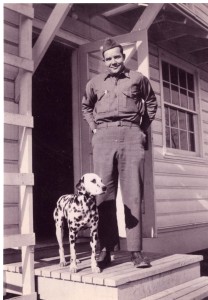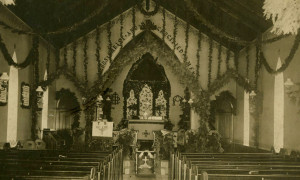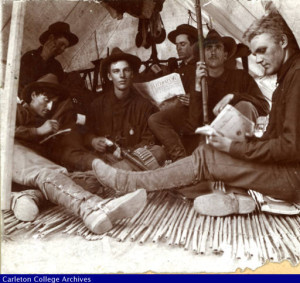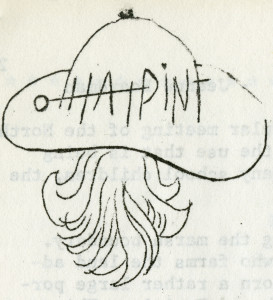 Did you know May 30 – July 4 is the first-ever Northfield History Month? Learn more about the events here.
Did you know May 30 – July 4 is the first-ever Northfield History Month? Learn more about the events here.
Every weekday this Northfield History Month, come on over to the Northfield History Collaborative to learn a little more about one of the newest additions to our online collection of materials that help tell Northfield’s history.
- Day 1: 259 photographs of World War II era servicemen and women
- Day 2: 22 new Northfield Arts Guild theater programs
- Day 3: Grand Army of the Republic minutes
Northfield had a really unique organization in the 1970s and 80s called HATPIN: Housewives Alert to Pollution in Northfield (later “Households”). Here is how one St. Olaf student described them (and you can also find her research in the Collaborative!):
Led by a group of local women, the organization sought to preserve a marsh and prairie near an elementary school on the east side of town [Sibley] for the benefit of local students. They recognized the advant- ages of direct observational learning and advocated within the community for the marsh’s preservation. The women led fundraisers, wrote editorials for the local newspaper and gained community support from Carleton, St. Olaf, and Northfield High School educators, as well as the Northfield students themselves. wanted to use the marsh to increase students’ scientific understanding, but they also wanted to foster an environmental engagement within the Northfield youth that would go beyond the classroom.
The Collaborative recently added 22 of HATPIN’s newsletters from 1971 to 1973. These newsletters, titled “PIN-Point,” and much of HATPIN’s records reside at the Northfield Historical Society.
In addition to chronicling the meetings and goings-on of the environmental organization, these newsletters (which are full-text searchable) are also a window on what was going on in Northfield, or even what didn’t go on in Northfield.
- In September 1971, glass recycling in Northfield was being handled by a schoolteacher and her students, until collection was turned over to a private gentleman. Northfielders would bring their glass to collection points at grocery stores, after removing any metal from the bottles, and sorting their glass by color.
- In May 1973, HATPIN was lobbying the City of Northfield to take over can recycling. The group estimated that in the previous 18 months, it had prevented 20 tons of cans and 135 tons of glass from taking up space in the local landfill.
- In April 1972, there was talk of Northern States Power constructing underground gas domes beneath Northfield Township.
- The October 1972 newsletter says that an NSP representative will field questions about a proposed fossil-fuel power plant in Rice County.
- The September 1971 newsletter outlines a history of pollution-prevention steps at Schjeldahl (later Sheldahl, now Multek).


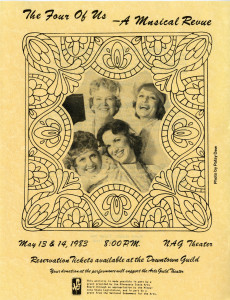 Did you know May 30 – July 4 is the first-ever Northfield History Month? Learn more about the events
Did you know May 30 – July 4 is the first-ever Northfield History Month? Learn more about the events 
